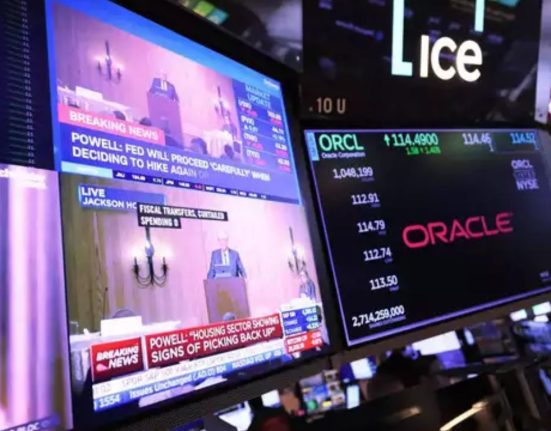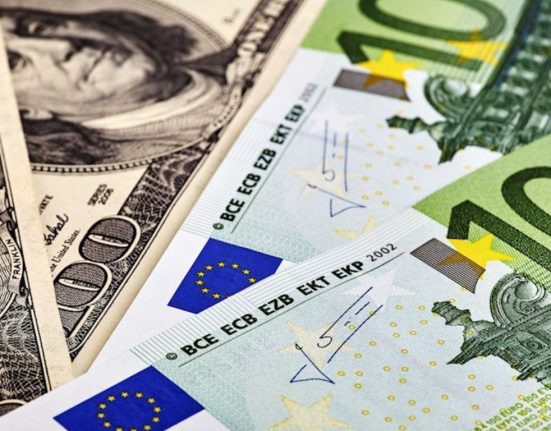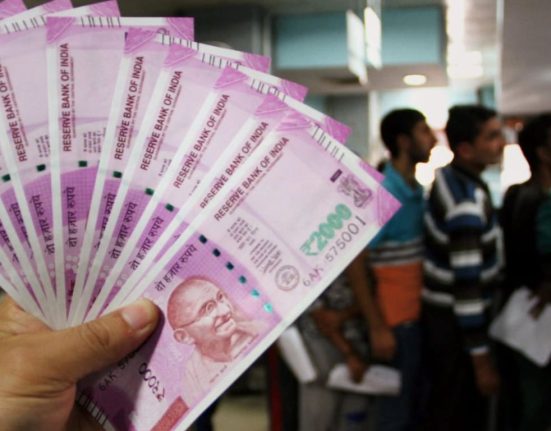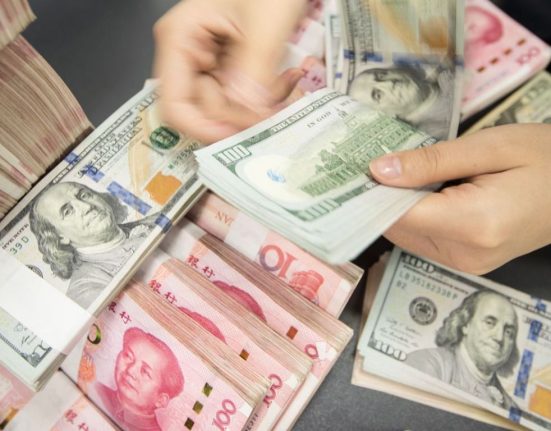Euro’s Volatile Day: ECB Signals and Market Reactions
The foreign exchange market can be a wild ride, with currencies like the euro often experiencing rapid fluctuations over the course of a single day. In this article, we delve into a recent rollercoaster day for the euro, driven by hints from the European Central Bank (ECB) and the impact of Treasury sell-offs. Let’s dissect the events and their implications for the currency market.
Hawkish ECB Sources Send the Euro Soaring
The day began with a bang as hawkish ECB sources made their voices heard. These sources hinted at potentially significant policy shifts in the upcoming ECB meeting, creating a buzz among currency traders. This newfound optimism propelled the euro from 1.0700 to 1.0740, a sharp and noticeable rise within a short span.
The term “hawkish” in central banking refers to a more aggressive stance on monetary policy, often characterized by a willingness to raise interest rates to combat inflation. In this context, the ECB’s hawkish signals suggested that they might consider tightening their monetary policy, a move that can boost a currency’s value.
The Euro’s Sharp Ascent: Understanding the Factors
The euro’s rapid ascent to 1.0740 was driven by a combination of factors. First, the mere anticipation of a hawkish shift in ECB policy can attract traders looking to capitalize on potential gains. This influx of buy orders for the euro contributed to its initial surge.
Additionally, market sentiment plays a crucial role in currency movements. When traders perceive a central bank as taking a more aggressive stance, it can instill confidence in the currency, leading to higher demand. This demand, in turn, drives up its value.
Treasury Sell-off and the Euro’s Retreat
However, as the day progressed, another significant event unfolded: a selloff in US Treasuries. When investors sell off these government bonds, it typically leads to rising yields, which can make the US dollar more attractive to investors seeking higher returns. This development had a substantial impact on the euro’s trajectory.
As Treasuries were sold off, the US dollar began to strengthen steadily. This prompted some traders to shift their positions, selling euros and buying dollars. Consequently, the euro’s earlier gains were gradually eroded, and it retraced its movement back to 1.0700.
Euro’s Resilience After Europe’s Exit
The euro’s ability to stabilize and hold its ground at 1.0700 after the European trading session ended showcased its resilience. While the initial surge was partially reversed due to the Treasury sell-off, the euro managed to avoid a complete collapse, suggesting that underlying confidence in the currency remained intact.
Implications for Traders and Investors
For currency traders and investors, days like this one serve as a reminder of the inherent volatility in the foreign exchange market. Swift and unexpected moves can happen, driven by a myriad of factors, including central bank signals, economic data releases, and geopolitical events.
As the ECB’s upcoming meeting approaches, traders will likely keep a close eye on any further hints or statements from ECB officials. Any clarification or additional details regarding potential policy shifts could reignite volatility in the euro.
Conclusion
In the world of currency trading, staying informed and adaptable is crucial. The euro’s rollercoaster day, fueled by ECB hints and a Treasury sell-off, exemplifies how quickly market dynamics can change. Whether you’re a seasoned trader or a curious observer, understanding the factors behind these fluctuations can help you navigate the ever-shifting landscape of the foreign exchange market.
In summary, the euro’s journey from 1.0700 to 1.0740 and back again offers valuable insights into the complex interplay of economic forces and investor sentiment that drive currency movements. As we move forward, staying tuned to central bank announcements and global economic developments will remain paramount for anyone engaged in forex trading.










